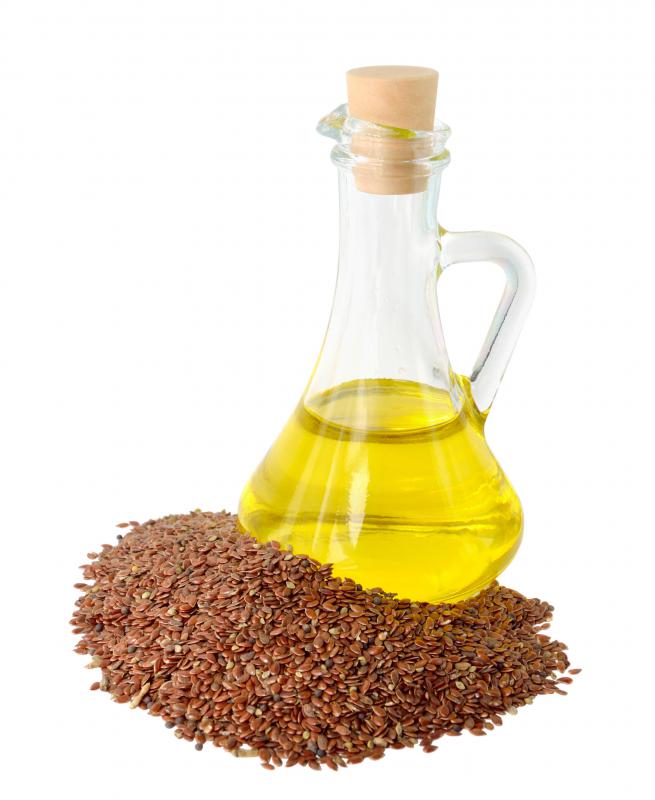At HomeQuestionsAnswered, we're committed to delivering accurate, trustworthy information. Our expert-authored content is rigorously fact-checked and sourced from credible authorities. Discover how we uphold the highest standards in providing you with reliable knowledge.
What is a Linoleum Floor?
Homeowners looking for green flooring are returning to an old favorite: the linoleum floor. Linoleum was extremely popular before the introduction of “no wax” vinyl floor covering after World War II. Today, its beauty, durability, and environmentally friendly characteristics are making it popular all over again.
Fredrick Walton, a rubber manufacturer, invented linoleum in 1860 and took out a British patent for the product in 1863. According to popular legend, he got the idea when he noticed the skin of oxidized linseed oil that forms on the surface of paint. He combined parts of two Latin words, linum for flax and oleum for oil, to name the new material. Michael Nairn, a Scottish manufacturer, developed the inlaid patterns that were characteristic of the linoleum floor for decades.

A linoleum floor contains linseed oil, rosin, wood flour, limestone, and natural pigments and is backed with jute, all natural materials. Harvesting these raw materials and producing linoleum demands relatively little energy, and there are no toxic byproducts. A linoleum floor can be maintained using small amounts of water and no toxic chemicals. Linoleum can be recycled or incinerated. It is so ecologically friendly that it contributes LEED points in designing “green” buildings.

Linoleum is an extremely durable floor covering. Many linoleum floors have been in use for 40 years, even when installed in high-traffic areas. It is very easy to repair nicks or chips in linoleum, and small scratches sometimes self-heal. Because linoleum has naturally antibacterial properties, it is often installed in hospitals.
One of the most beautiful flooring types available today is the linoleum floor. In the Victorian period, colors were generally muted, or even muddy. Today, improved dyes give vibrant color to linoleum. The dye is present throughout the linoleum, not just on the surface.
Linoleum is sold in sheets or tiles. The sheets are six to seven feet (1.8 to 2.1 m) wide, and disguising the seams can be difficult, so installing a sheet linoleum floor is usually a professional job. Most homeowners can install linoleum tiles.

It’s easy to care for a linoleum floor. Frequent sweeping and occasional damp mopping is all that is necessary for routine cleaning. Products containing ammonia should not be used, as they can damage linoleum. The floor should be waxed about once a year. Today, manufacturers recommend removing old wax with a product formulated for use on linoleum and re-waxing with a liquid acrylic sealer.
AS FEATURED ON:
AS FEATURED ON:














Discuss this Article
Post your comments